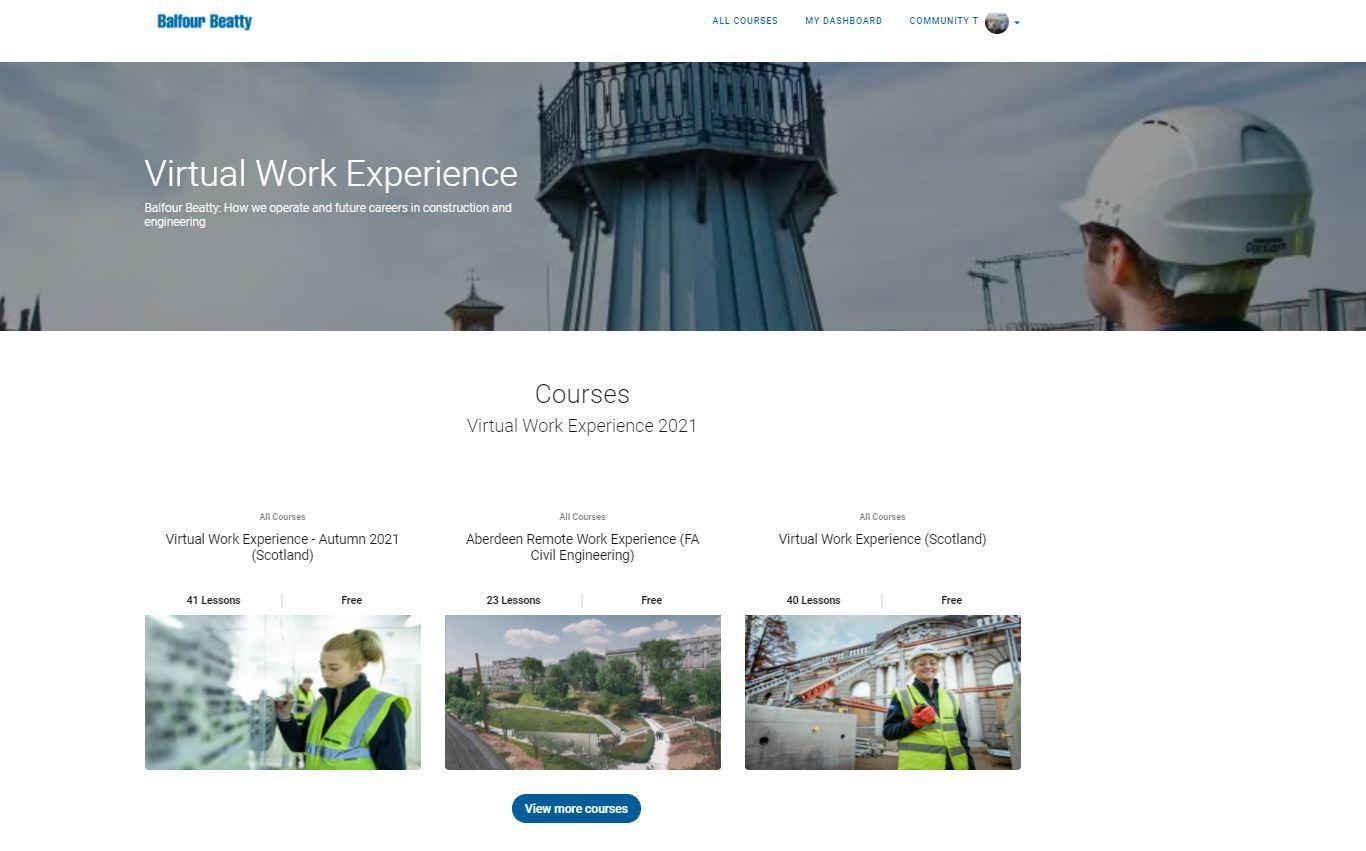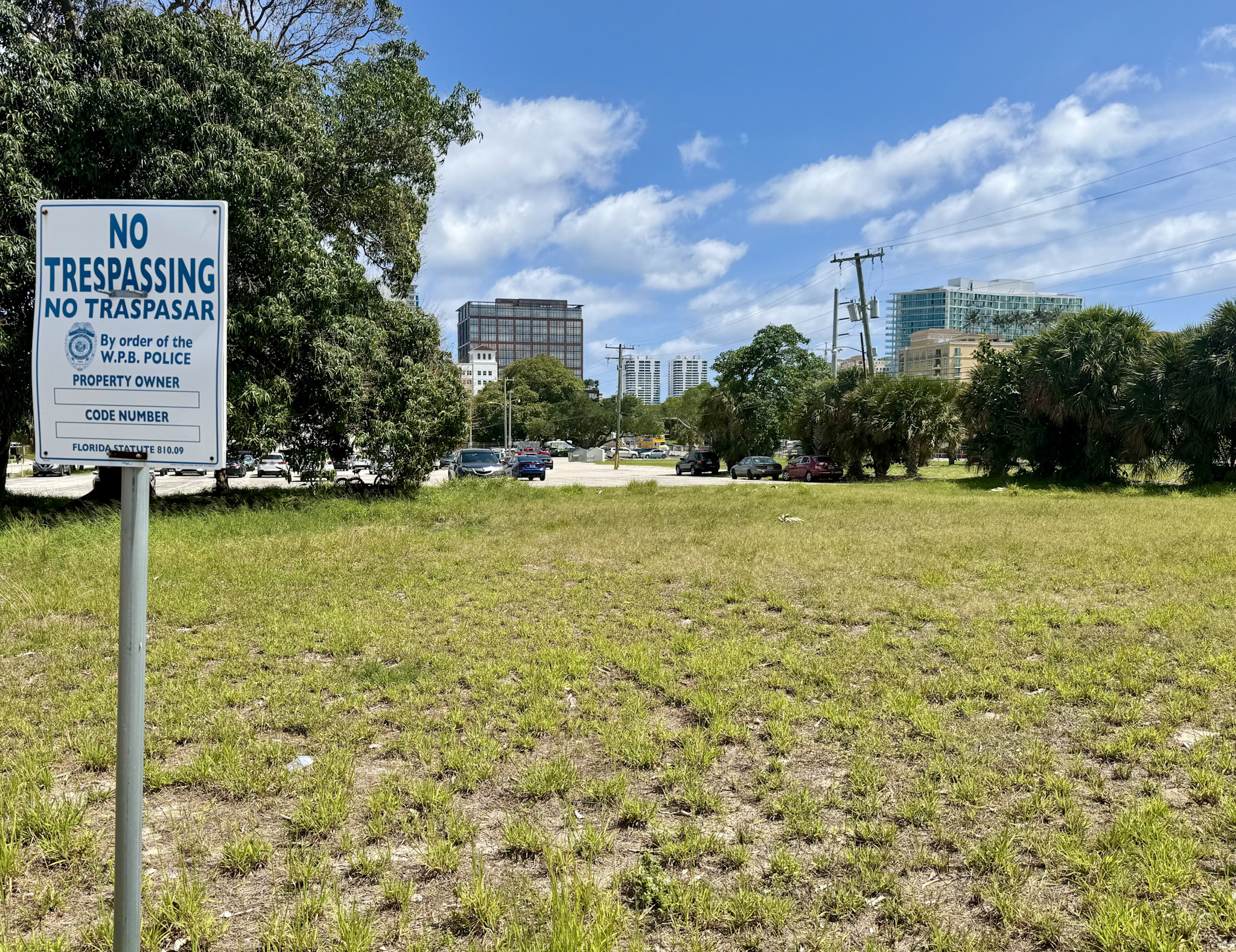Balfour Beatty Updates “Building New Futures” Sustainability Strategy with Enhanced SDG Alignment
Strategic Framework and Sustainable Development Goal Integration
Balfour Beatty has launched an updated iteration of its “Building New Futures” Sustainability Strategy, reinforcing its commitment to addressing global sustainability challenges. The revised strategy adopts a holistic approach, structured around six core focus areas that are intrinsically linked to the United Nations Sustainable Development Goals (SDGs).
- Climate Change: Directly addressing SDG 13 (Climate Action) by mitigating the impacts of extreme weather events and rising sea levels on the global economy.
- Nature Positive: Committing to SDG 14 (Life Below Water) and SDG 15 (Life on Land) through proactive measures to protect and enhance biodiversity.
- Resource Efficiency: Aligning with SDG 12 (Responsible Consumption and Production) by managing pressures on raw materials and promoting circular economy principles.
- Supply Chain Integrity: Supporting SDG 8 (Decent Work and Economic Growth) and SDG 12 by ensuring ethical and sustainable practices throughout the supply chain.
- Community Engagement: Contributing to SDG 4 (Quality Education), SDG 11 (Sustainable Cities and Communities), and SDG 17 (Partnerships for the Goals) through targeted social value and educational initiatives.
- Diversity, Equity, and Inclusion: Championing SDG 5 (Gender Equality), SDG 8, and SDG 10 (Reduced Inequalities) by fostering an equitable and inclusive workforce.
Updated UK Targets and SDG Contributions
The updated strategy introduces new, ambitious UK targets in two primary focus areas, designed to deliver measurable progress against key SDGs.
-
Community Engagement
To advance SDG 11 (Sustainable Cities and Communities) and SDG 4 (Quality Education), the company has set the following targets:
- An increased social value target aiming to deliver £6 billion in the UK by 2030, doubling the previous goal of £3 billion by 2025.
- A new social impact target dedicating a total of 60,000 hours to education engagement by 2030, directly supporting skills development for the industry.
-
Nature Positive
In alignment with SDG 15 (Life on Land), the company commits to:
- Establishing measurable, annually evolving targets to halt nature loss in the UK by 2030, contributing to the critical global initiative to reverse biodiversity decline.
Implementation and Supporting Mechanisms
Balfour Beatty has outlined several mechanisms to ensure the successful implementation of its strategic goals.
- Strategic Partnerships: A new corporate charity partnership with STEM Learning will support teacher training, mentoring, and work placements. This initiative reinforces the company’s commitment to The 5% Club and advances SDG 4 (Quality Education) and SDG 17 (Partnerships for the Goals).
- Technology and Platforms: A new community engagement platform will be launched to connect employees with volunteering and funding opportunities, facilitating direct community support.
- In-House Expertise: The company’s dedicated team of in-house ecologists will oversee the nature positive targets. The “What3Things for Environment” approach will continue to be leveraged to mitigate environmental risks and protect habitats, wildlife, and communities, furthering the objectives of SDG 15.
- Corporate Culture: An open and transparent culture encourages employees to report environmental observations and share ideas, fostering continuous improvement in sustainability practices.
Corporate Vision and Commitment
According to Jo Gilroy, Group Director of Sustainability, the strategy is focused on translating commitments into tangible actions. The emphasis is on building communities while simultaneously protecting and enhancing the natural environment. By focusing on these six strategic areas, Balfour Beatty aims to deliver “meaningful, measurable and lasting benefits for people, places and nature,” a vision that directly reflects the core principles of the Sustainable Development Goals.
1. Which SDGs are addressed or connected to the issues highlighted in the article?
SDG 4: Quality Education
- The article highlights Balfour Beatty’s new UK social impact target of dedicating 60,000 hours to education engagement by 2030. It also mentions a partnership with STEM Learning to support teacher training, mentoring, and work placements, which directly contributes to quality education and skill development.
SDG 8: Decent Work and Economic Growth
- The strategy’s focus on “employee diversity, equity and inclusion” and “supply chain integrity” aligns with this goal. Furthermore, the commitment to education and skills development through the STEM partnership and The 5% Club aims to prepare the future workforce for the industry, supporting economic growth and decent work.
SDG 11: Sustainable Cities and Communities
- The focus on “community engagement” is central to this SDG. The article details a new target to deliver £6 billion of social value in the UK by 2030 and the launch of a platform to connect employees with community projects, both of which support the development of sustainable and inclusive communities.
SDG 12: Responsible Consumption and Production
- The article mentions “resource efficiency” and “supply chain integrity” as two of the six focus areas of the sustainability strategy. This indicates an effort to manage resources sustainably and ensure responsible practices throughout the supply chain.
SDG 13: Climate Action
- “Climate change” is explicitly named as one of the six focus areas of the Building New Futures Sustainability Strategy, showing a direct connection to this goal. The article notes that the strategy is updated to tackle challenges like “extreme weather events” and “rising sea levels.”
SDG 15: Life on Land
- The article introduces a new focus area called “Nature positive,” with a clear commitment to “halt UK nature loss by 2030” and “reverse biodiversity loss.” This is supported by measurable targets, a dedicated team of ecologists, and specific approaches to protect and enhance habitats and wildlife.
2. What specific targets under those SDGs can be identified based on the article’s content?
SDG 4: Quality Education
-
Target 4.4: By 2030, substantially increase the number of youth and adults who have relevant skills, including technical and vocational skills, for employment, decent jobs and entrepreneurship.
- Explanation: The article states that Balfour Beatty will dedicate 60,000 hours to education engagement and partner with STEM Learning to support “teacher training, mentoring, and work placements.” This is a direct effort to grow the skills the industry depends on, aligning with the goal of increasing relevant vocational skills.
SDG 8: Decent Work and Economic Growth
-
Target 8.6: By 2020, substantially reduce the proportion of youth not in employment, education or training.
- Explanation: Although the target date is 2020, the principle is directly addressed by the company’s 2030 goals. The commitment to The 5% Club and providing work placements and mentoring through the STEM Learning partnership is aimed at reducing the number of young people not in education, employment, or training (NEET).
SDG 11: Sustainable Cities and Communities
-
Target 11.3: By 2030, enhance inclusive and sustainable urbanization and capacity for participatory, integrated and sustainable human settlement planning and management in all countries.
- Explanation: The target to deliver “£6 billion of social value in the UK by 2030” and the creation of a “community engagement platform to connect employees directly with community projects” are actions that enhance sustainable community development and participatory engagement.
SDG 15: Life on Land
-
Target 15.5: Take urgent and significant action to reduce the degradation of natural habitats, halt the loss of biodiversity and, by 2020, protect and prevent the extinction of threatened species.
- Explanation: The article explicitly states a new target to “halt UK nature loss by 2030” and an initiative to “reverse biodiversity loss.” This directly aligns with the goal of halting biodiversity loss and reducing habitat degradation.
-
Target 15.9: By 2020, integrate ecosystem and biodiversity values into national and local planning, development processes, poverty reduction strategies and accounts.
- Explanation: Balfour Beatty is integrating “nature positive” targets into its core business strategy. The article mentions these targets will be overseen by in-house ecologists and supported by the “What3Things for Environment approach,” demonstrating the integration of biodiversity values into its operational processes.
3. Are there any indicators mentioned or implied in the article that can be used to measure progress towards the identified targets?
For Community Engagement & Social Value (SDG 11)
- Indicator: The total monetary value of social value generated. The article provides a specific, measurable indicator: “£6 billion of social value in the UK by 2030.”
For Education Engagement (SDG 4 & SDG 8)
- Indicator: The total number of hours dedicated to educational outreach. The article specifies a clear metric: “a total of 60,000 hours to education engagement by 2030.”
For Nature Positive Actions (SDG 15)
- Indicator: A defined metric for measuring biodiversity loss and recovery. The article implies a quantitative indicator by stating there will be “Measurable, annually evolving targets to halt UK nature loss by 2030” and that by 2030, “nature is visibly and measurably on the road to recovery.” While the specific metric (e.g., Biodiversity Net Gain %) is not named, the commitment to a measurable outcome is explicit.
4. Table of SDGs, Targets, and Indicators
| SDGs | Targets | Indicators |
|---|---|---|
| SDG 4: Quality Education | Target 4.4: Increase the number of youth and adults with relevant technical and vocational skills for employment. | A total of 60,000 hours dedicated to education engagement by 2030. |
| SDG 8: Decent Work and Economic Growth | Target 8.6: Reduce the proportion of youth not in employment, education or training. | Support for teacher training, mentoring, and work placements through the STEM Learning partnership and commitment to The 5% Club. |
| SDG 11: Sustainable Cities and Communities | Target 11.3: Enhance inclusive and sustainable urbanization and community planning. | Delivery of £6 billion of social value in the UK by 2030. |
| SDG 15: Life on Land | Target 15.5: Halt biodiversity loss and reduce the degradation of natural habitats. | “Measurable, annually evolving targets to halt UK nature loss by 2030” and ensure nature is “visibly and measurably on the road to recovery.” |
Source: scottishconstructionnow.com







